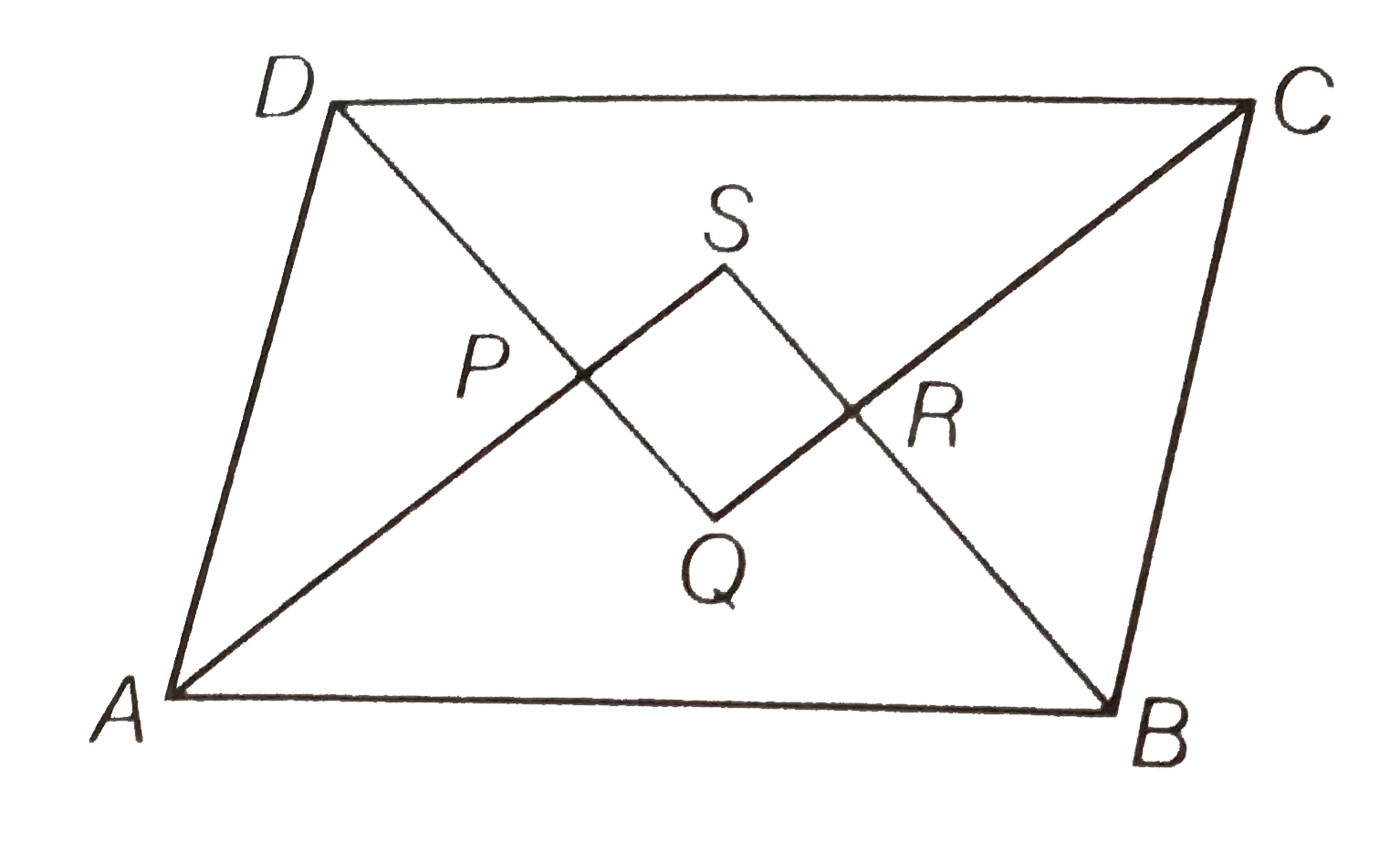Prove that the quadrilateral formed by the bisectors of the angles of a parallelogram is a rectangle.

Video Solution
|
Answer
Step by step video & image solution for Prove that the quadrilateral formed by the bisectors of the angles of a parallelogram is a rectangle. by Maths experts to help you in doubts & scoring excellent marks in Class 9 exams.
Updated on:21/07/2023
Topper's Solved these Questions
- BOOK - CBSE COMPLEMENTARY MATERIALCHAPTER - LINES AND ANGLESEXERCISE - PRACTICE TEST8videos
LINES AND ANGLES
- BOOK - CBSE COMPLEMENTARY MATERIALCHAPTER - LINES AND ANGLESEXERCISE - PART-C16videos
LINES AND ANGLES
- BOOK - CBSE COMPLEMENTARY MATERIALCHAPTER - LINEAR EQUATIONS IN TWO VARIABLES EXERCISE - PRACTICE TEST12videos
LINEAR EQUATIONS IN TWO VARIABLES
- BOOK - CBSE COMPLEMENTARY MATERIALCHAPTER - NUMBER SYSTEMSEXERCISE - Part - D18videos
NUMBER SYSTEMS
Similar Questions
Knowledge Check
- Question 1 - Select One
The bisector of the angles of a parallelogram enclose a
ArectangleBrhombusCsquareDtrapezium - Question 2 - Select One
Shape made by the bisectors of angles of a parallelogram is
ARectangleBSquareCCircleDStraight line - Question 3 - Select One
The bisector of the angles of a parallelogram enclose a ..................
AParallelogramBsquareCRhombusDRectangle
Prove that any cyclic parallelogram is a rectangle.
View SolutionProve that any cyclic parallelogram is a rectangle.
View SolutionThe angle bisectors of a parallelogram form a rectangle.
View SolutionThe angle bisectors of a parallelogram form a rectangle.
View SolutionThe quadrilateral formed by the bisectors of the angles of a parallelogram is a
 View Solution
View Solution

